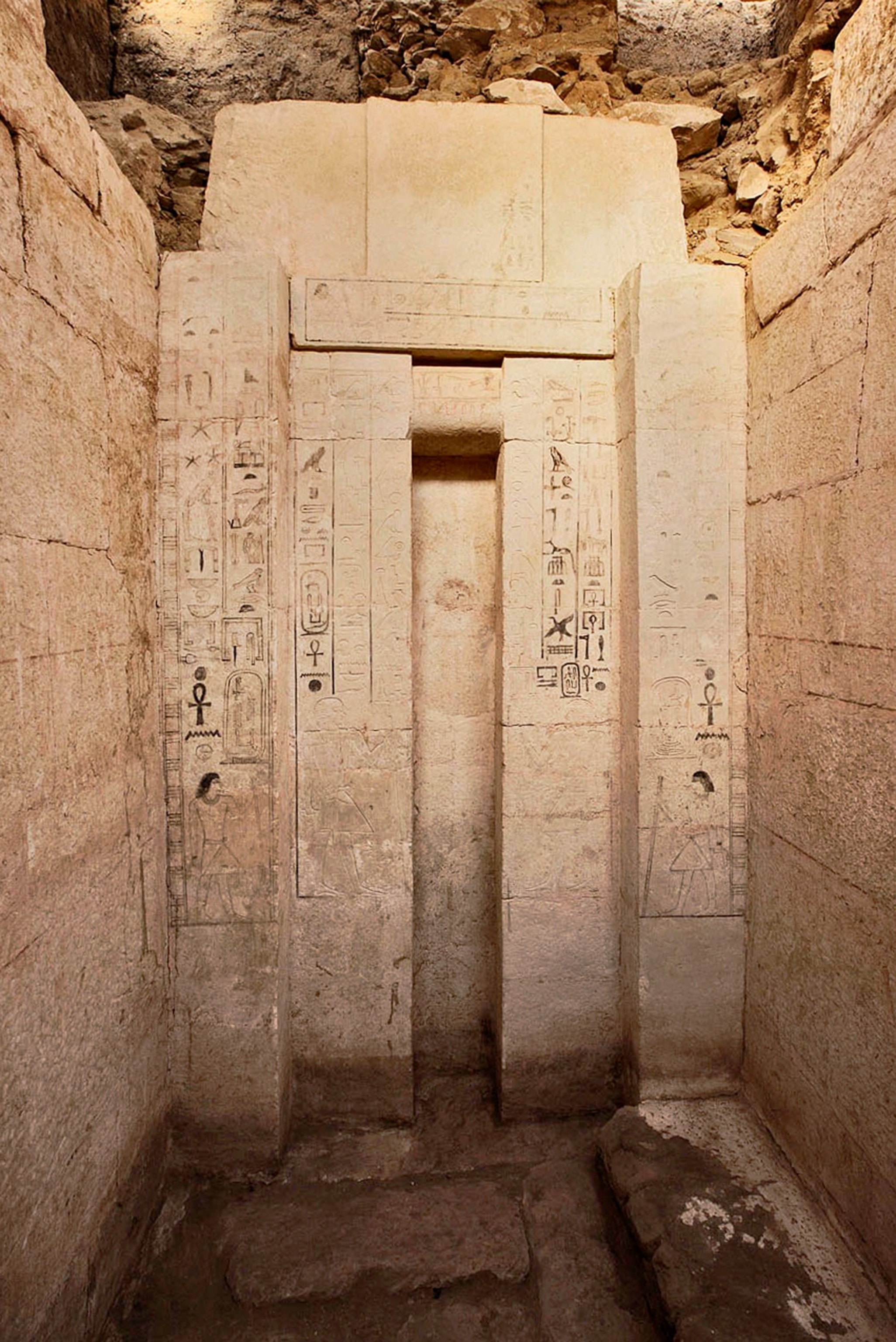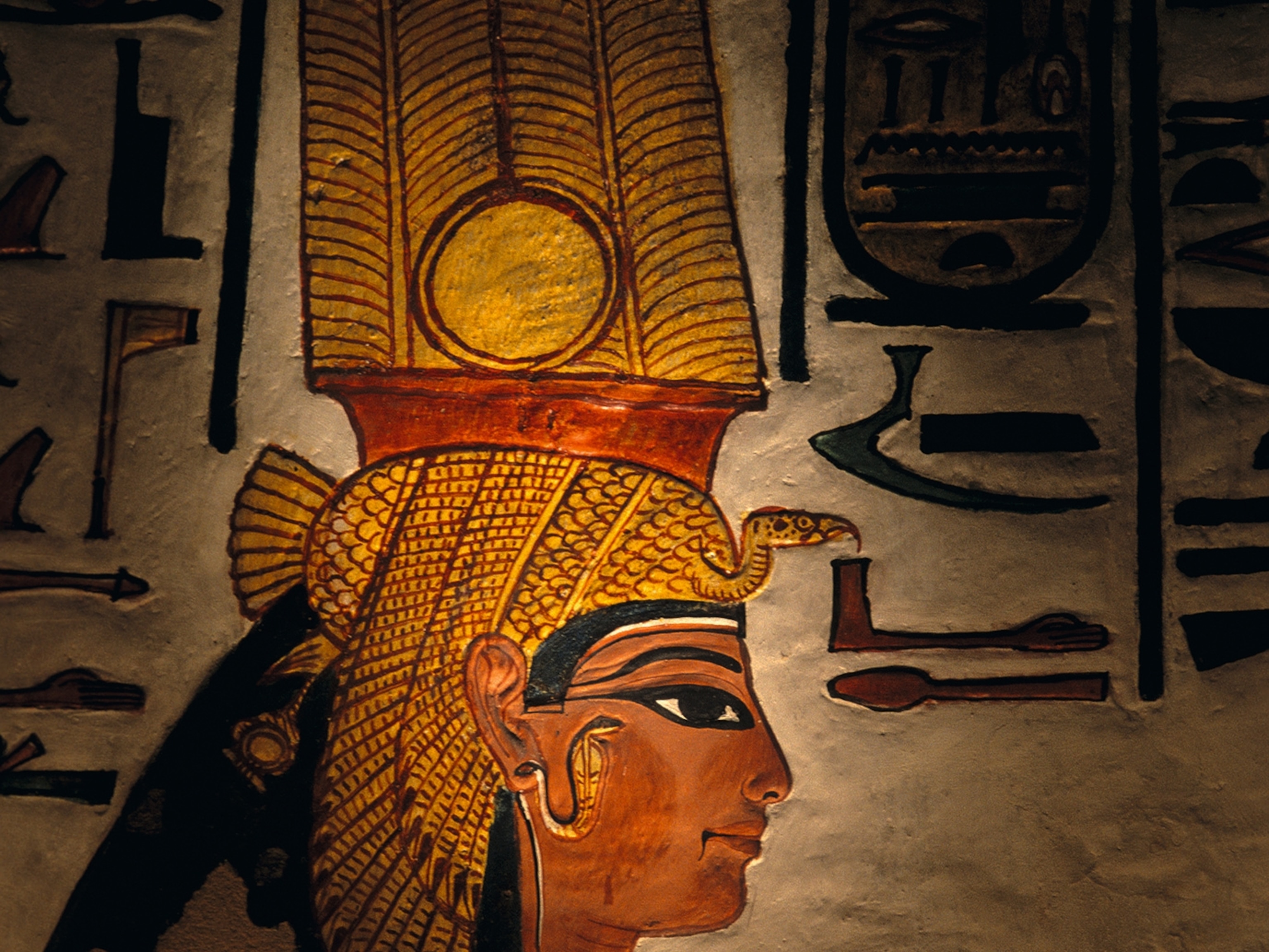
Tomb of Ancient Egyptian Physician Discovered
Doc buried at Abusir served a king 4,400 years ago, say archaeologists.
A team of Czech archaeologists excavating at the site of Abusir, 17 miles (27 kilometers) south of Cairo, has discovered the large limestone tomb of a top royal physician from about 2400 B.C.
The physician's name was Shepseskaf-Ankh, which means "Shepseskaf is living"—a tribute to the last king of the fourth dynasty during the period known as the Old Kingdom.
As the Head of the Physicians of Upper and Lower Egypt, Shepseskaf-Ankh served the royal household during the fifth dynasty. He is especially associated with a king named Niuserre, who ruled Egypt for at least a decade.
Miroslav Bárta, director of the archaeological team from the Czech Institute of Egyptology, is particularly pleased with the historical details contained in the tomb as well as its architectural preservation. "This microcosmos illustrates general trends that ruled the society of the day," he says.
Niuserre "followed the policy of marrying some of his daughters to his top officials to keep their ambitions at bay," says Bárta. "This is exactly the moment when the empire starts to break down due to rising expenses and increasing independence of powerful families."
It was also a time when Egypt's kings had run out of room at the royal funerary complex on the Giza plateau, the site of the grand pyramids of the fourth dynasty. They were now building smaller, rougher pyramids farther south.
Shepseskaf-Ankh's tomb is the third physician's tomb to be found in the area. Other court officials and high-level priests were also laid to rest there, close to the rulers they once served.
Shepseskaf-Ankh came from an elite Egyptian family. In one section of the tomb—surrounding a feature called a false door—he is identified by titles indicating his elevated status, such as Priest of Re in the Temples of the Sun, Priest of Khnum, and Priest of Magic.
The spacious dimensions of his tomb—roughly 46 feet (14 meters) by 70 feet (21 meters), and 13 feet (4 meters) high—are another indication of his importance. The funerary complex features an open court and eight burial chambers for Shepseskaf-Ankh and his family. Being a royal doctor, it seems, could ensure your family's success not just in this world but in the afterlife as well.
Abusir is part of the great royal cemetery that stretches between Giza and Saqqara in the desert west of the Nile. Although looting has increased there in the wake of the 2011 revolution, this discovery shows that some areas remain undisturbed by the recent turmoil. The Czech team next plans to excavate structures beneath the tomb to see what additional secrets they may reveal.





